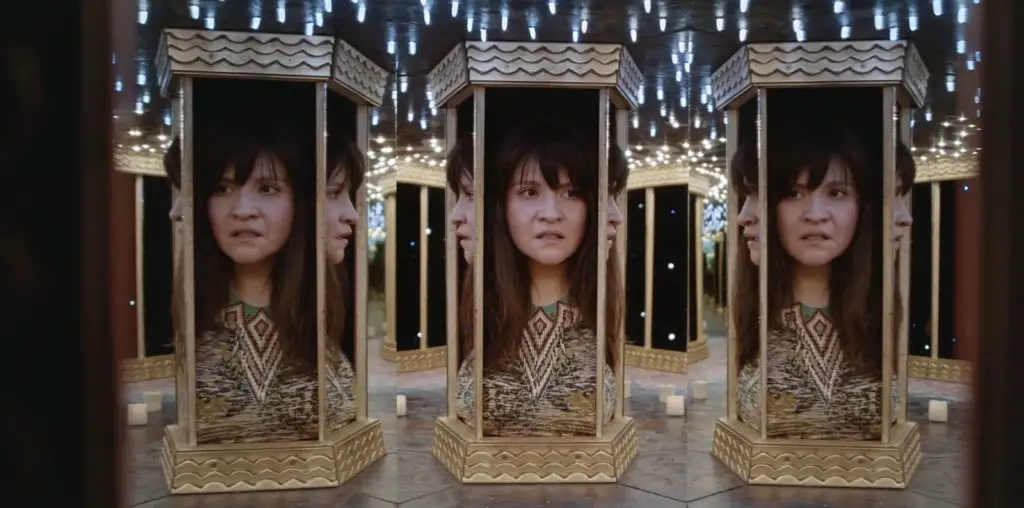
Hailed in its day as being controversial and progressive in its view of interracial relations, Robert Rossen’s 1957 “Island in the Sun” seems unintentionally campy today. Film scholars tracing Hollywood’s perception of racial attitudes may find some historic value here, but contemporary viewers will only wind up with unexpected bursts of giggles.
Set on a fictional Caribbean island called Saint Marta, the film takes place on the eve of local elections that may see the stodgy British colonial presence kicked out by local black politicians. But who has time for politics when there are plenty of pretty people with raging hormones that only get hotter in the West Indian sun? A handsome British officer with literary ambitions (John Justin) falls in love and secretly marries a local pharmacy cashier (Dorothy Dandridge). The charismatic union leader (Harry Belafonte) takes a shine to a visiting Englishwoman (Joan Fontaine), and that lady’s sister-in-law (Joan Collins) would like to pursue a romance with the colonial governor’s son (Stephen Boyd) – but can she overcome the shocking news that she may be of mixed race when it is discovered her politician father (James Mason) is actually half-black.
While daring for its era (this was the first American film to suggest black-white romance), “Island in the Sun” pulls so many punches that it winds up without a wallop. Belafonte and Fontaine never touch each other, Justin and Dandridge embrace but never kiss, and the Collins-Boyd romance is lacking any chemistry thanks to the wooden presence of the two stars (who looked great in swimwear but couldn’t act). That third romance actually has a happy ending due to the most inane deux ex machina delivered by Diana Wynyard in what must be the most ludicrous depiction of maternal affection put on camera (it is worth sitting through the movie just for that moment).
What remains, however, is plenty of silliness: Dandridge’s designer costumes somehow don’t seem in keeping with the salary of the typical Caribbean pharmacy cashier, and her “native” dance number is one of the embarrassments of her too-brief career. Fontaine is visibly older than Belafonte (she is 10 years his senior in real life), and the illusion of youth is not generated with his laugh-provoking recollection of watching her play when she was a child. James Mason does one of his trademark over-the-top hambone performances that combines his wonderful voice and spastic body language into a dramatic debacle.
The widescreen color cinematography provides a nice travelogue flavor for those who like travelogues, and Belafonte’s rendition of the title song is still a calypso classic. But overall, “Island in the Sun” is both overbaked and undercooked.


